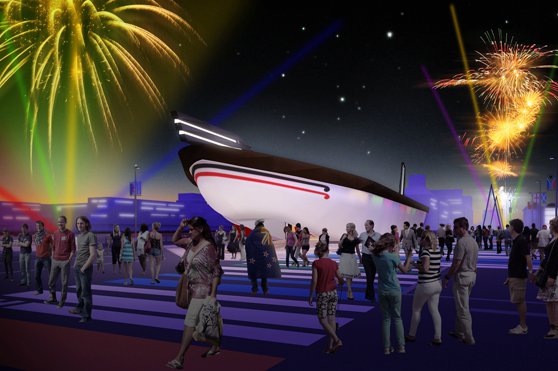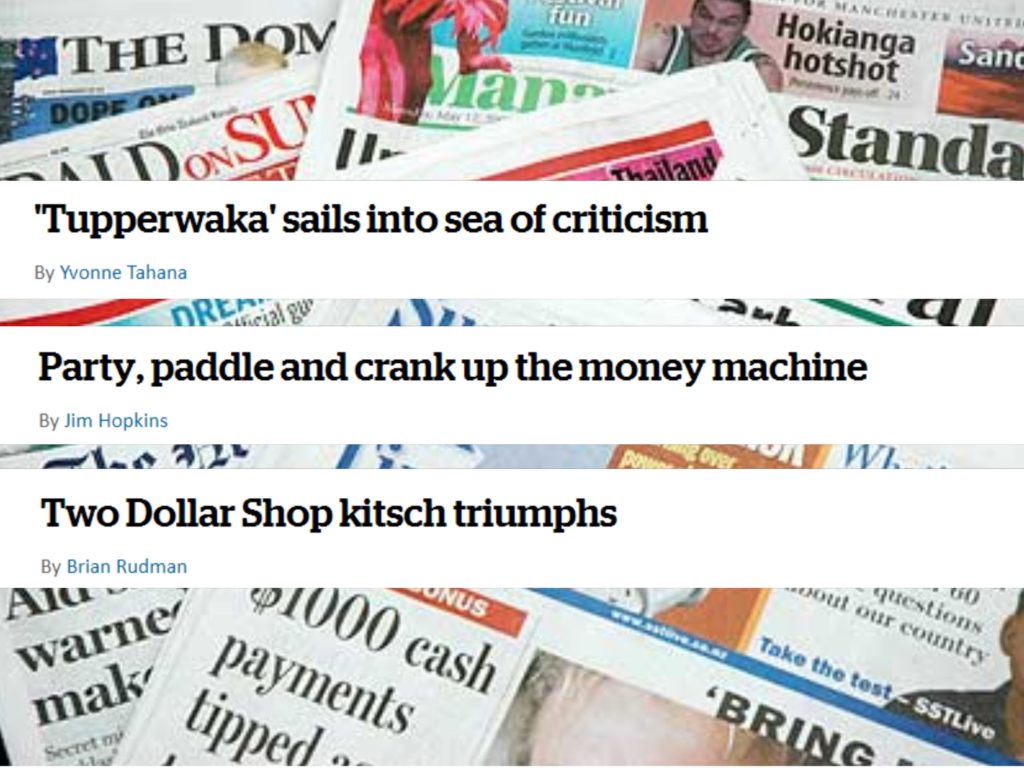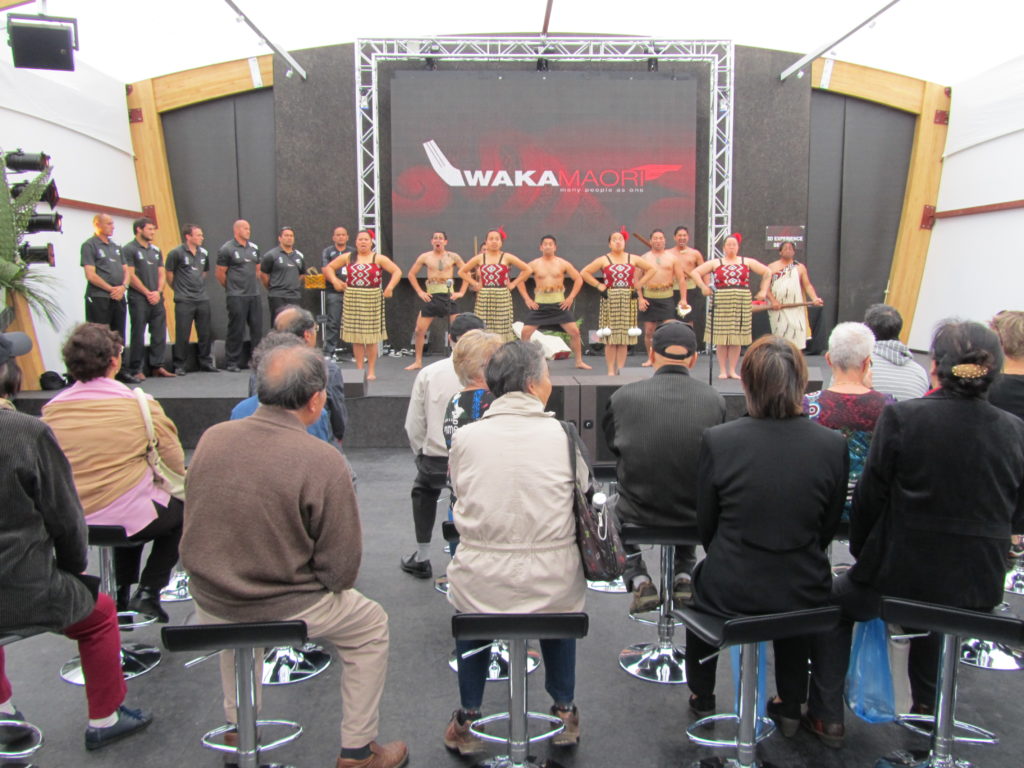The principal division within the state of New Zealand lies between the Māori, who are the indigenous people of New Zealand, and the Pākehā, who are the non-Māori people of New Zealand. Nonetheless, New Zealand claims to be a bicultural state, with its two cultures living in harmony. That is not always the case, which an analysis of the Waka Māori will reveal. Ngāti Whātua, a Māori tribe, built a cultural center for the 2011 Rugby World Cup in the form of a plastic waka. This plastic waka, also termed the “Tuppawaka,” exemplifies Brand Māori. Brand Māori refers to how Māori culture has been commodified for purposes of profit. As the large amount of criticism that the Waka Māori attracted evidences, this can be problematic in its utilization of Māori culture. Therefore, there exist conflicts concerning how Māori culture has been represented and exploited by the Māori and by others, and so to claim that New Zealand is united in its biculturalism may be erroneous.

The discrepancies between the promises of and the actions of the government of New Zealand in its interactions with the Māori community reveal the state’s motivations in furthering its bicultural identity. As an analysis of the relationship between the Māori and the Pākehā in the context of globalization demonstrates, Māori culture acts as a resource for New Zealand nation-building. The New Zealand government capitalizes off of Māori ideas and culture instead of making amends for the historical oppression of the Māori. The Māori have experienced both intrusion into and exploitation of their culture as a result of this. Resources that the state has framed as being helpful to the Māori community have actually been to their detriment because their true purposes have been to expand New Zealand’s tourism industry and to build the state’s social capital. In the same vein, the final outcome of the architectural design project for the Waka Māori seemed more akin to a compromise with capitalist interests than to an increase in Māori representation in the New Zealand government and its ventures. The Waka Māori typifies how the state of New Zealand sought to capitalize off of the image of biculturalism and to show the world the “equality” of the Māori in comparison to non-indigenous New Zealanders. Hence, this evidences how the interests of states have permanently tainted the fight to obtain rights for indigenous people.

However, it still remains crucial to consider that the Waka Māori created a space for the Māori to participate in the Rugby World Cup. The Waka Māori consequently is emblematic of Māori integration in contemporary New Zealand society and Māori participation in the economy of New Zealand. The Māori have worked to indigenize and to take part in certain aspects of modern society, such as the tourism industry with the Waka Māori and the 2011 Rugby World Cup. They have moreover aimed to honor ancient Maori traditions, such as their welcoming of sea-faring visitors to New Zealand.

Thus, the Waka Māori reveals the complexity of the relationships between the Māori and the rest of New Zealand. Giving the New Zealand government the power to define what is indigenous in a post-colonial frame, in this case what it means to be Māori and indigenous in New Zealand, not only disempowers the Māori and discredits their culture, but further imposes modern colonialism on the indigenous community. Some members of the Māori community have chosen to actively participate in the bicultural image-making of New Zealand in order to partially benefit from New Zealand’s capitalism. It is crucial to keep in mind that this participation may be the only option for survival in a globalized context for groups that have been affected by colonialism as the Māori have. Nevertheless, this engagement should not be mistaken with the loss of indigeneity; on the contrary, it takes great strength to adapt indigenous culture into non-indigenous practices. and the Māori have been able to participate in capitalism by doing just that. The labor to “adapt” to what is considered the “modern world” is done by the Māori in order for the state to recognize the value of their cultural practices and ideas. Without this labor, New Zealand would not be able to promote and profit off their marketed biculturalism.
By Karla Garcia & Izzy Miller